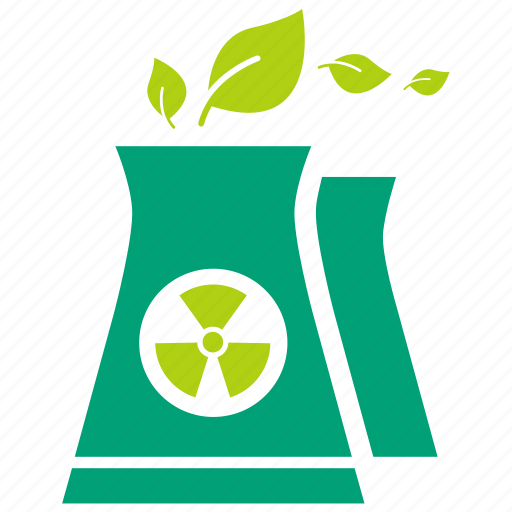The ceremonial launch of the 173-metre long Chukotka nuclear-powered icebreaker has taken place at the Baltic Shipyard. The first three of Russia’s Project 22220 vessels are already operating on the Northern Sea Route.
Russian President Vladimir Putin, speaking by video-link at the ceremony, said the construction of the nuclear icebreakers showed the country’s capabilities, adding: “Our entire domestic economy should be built on our own technologies and groundbreaking scientific solutions. I want to stress again: our plans to develop the Arctic and increase cargo traffic on the Northern Sea Route depend directly on strengthening our icebreaker fleet. As you know, we have big ambitions there, and there’s a lot of work to be done.”
According to the official Tass news agency, he said: “We need to significantly enhance the safety and reliability of navigation in this region. To this end, we will continue to improve the quality of satellite navigation, communications, and ice situation monitoring; [we] will upgrade the Arctic ports’ infrastructure and lay the required rail lines to them.”
The Chukotka is 173 metres long, 34 metres wide and with a height from the waterline to the mainmast of 57 metres. The height of its side is 15.2 metres and it is designed to break through ice up to three metres thick and has a speed of 22 knots in clear water. The Project 22220 icebreaker will be powered by two RITM-200 reactors which each have a thermal capacity of 175 MW. It already has the reactors and most of its main equipment on board.
After the launching the vessel is being moored at the Baltic Shipyard as its construction continues, with a target completion date of 2026. Three of the icebreakers are already operating - the Artika, Sibir and Ural - with the Yakutia the fourth of the series, followed by the Chukotka and Leningrad all under construction. A contract has been signed for a further icebreaker, the Stalingrad.
More than 12,000 people attended the launch ceremony and the Director General of the Baltic Shipyard Alexander Konovalov thanked the 6000 people who work there, and noted that work was already under way for the Stalingrad.
Rosatom Director General Alexey Likhachev, speaking about the development of the Northern Sea Route, said: “In the past 10 years, cargo traffic along the route has grown nearly tenfold and continues to set new records every year. This year, we’re seeing the same upward trend, with cargo traffic exceeding last year’s figures for the same period. Transit traffic is also increasing due to cargo redirection from west to east. So far this year, over 3 million tons of cargo has been transited, which is a 40% increase from last year.”
The traditional smashing of a bottle of Champagne at the ceremonial launch was carried out by Elena Shmeleva, who said that as well as their important role in the Northern Sea Route the icebreakers “are also essential for scientists, including those from Sirius, to explore the Arctic. For instance, our university’s team has just returned from a 45-day Arctic expedition, where they researched the impact of permafrost on changes in carbon levels in the seas. They have also brought a large number of soil and water samples for further analysis. I would like to see the icebreaker’s research function develop further. This is crucial for Russia’s scientific and technological development strategy, which prioritises Arctic exploration”.


